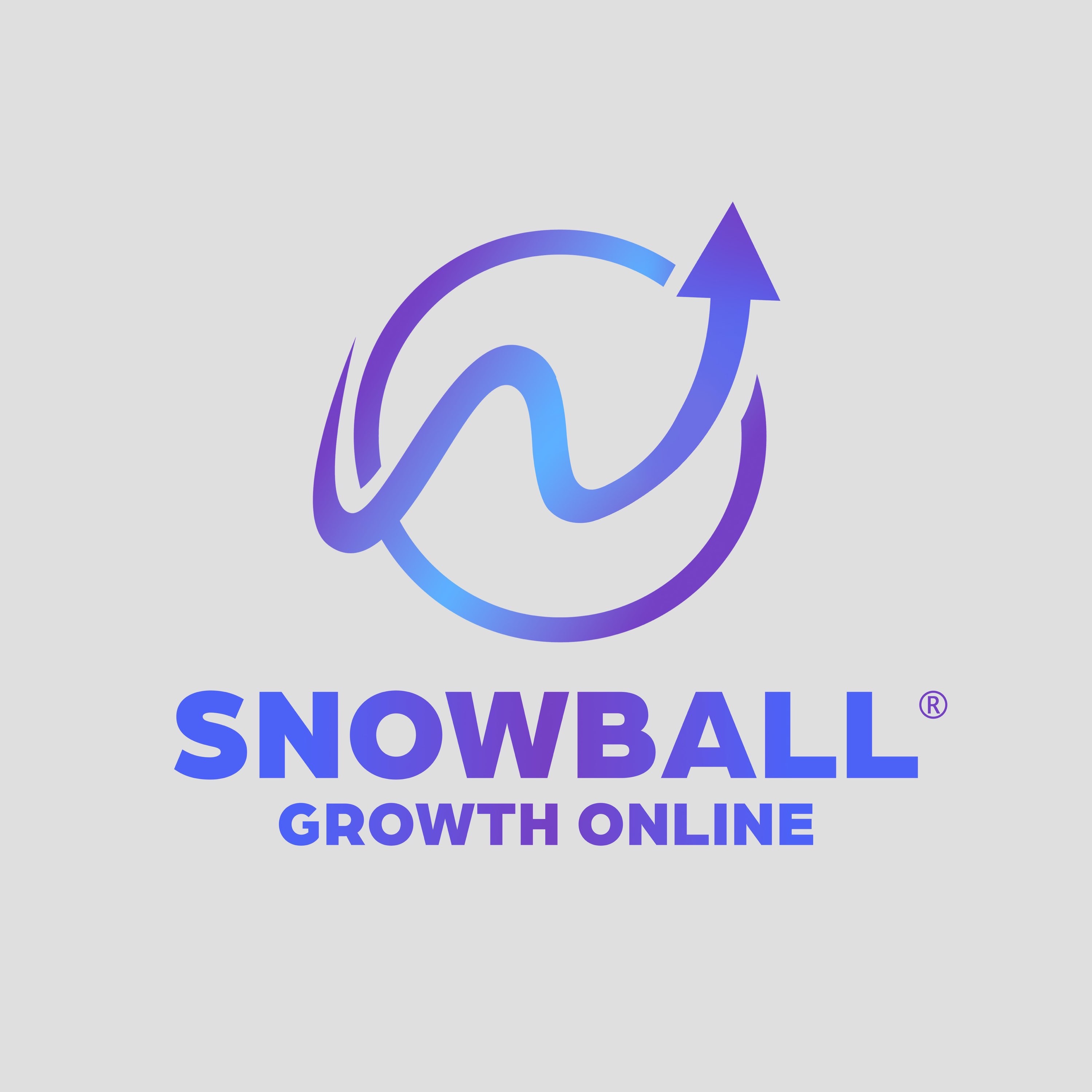B2B & B2C Marketing: Bridging the Gap for Strategic Success
- Blogger
- Apr 14
- 2 min read
In today's hyper-connected world, marketing has evolved beyond simple advertisements or one-size-fits-all campaigns. Businesses now distinguish between two critical streams: B2B (Business-to-Business) and B2C (Business-to-Consumer) marketing. While both aim to drive revenue, their strategies, messaging, and execution are fundamentally different—and yet increasingly intertwined.
Understanding the Basics
B2B marketing targets companies, decision-makers, and professionals who are looking for solutions that improve operational efficiency, scalability, or profitability. Think enterprise software, industrial equipment, or consulting services.
B2C marketing, on the other hand, is geared toward individual consumers. The goal is to drive emotional engagement and quick conversions—whether selling a pair of sneakers or a streaming service subscription.
Key Differences Between B2B and B2C Marketing
Feature | B2B Marketing | B2C Marketing |
Audience | Businesses, buyers, procurement officers | Individual consumers |
Buying Cycle | Longer, with multiple stakeholders | Shorter, often impulse-driven |
Decision Drivers | Logic, ROI, efficiency, risk mitigation | Emotion, lifestyle, brand identity |
Messaging Tone | Professional, data-driven, educational | Relatable, entertaining, emotional |
Sales Strategy | Relationship-focused, often with demos or meetings | Transactional, high-volume sales |
Channels | LinkedIn, webinars, trade shows, email | Instagram, TikTok, influencer marketing, paid ads |
Evolving Overlaps: The Rise of Hybrid Strategies
The line between B2B and B2C marketing is blurring, especially with the rise of B2B2C models and consumerized buyer behavior. B2B buyers now expect personalized experiences, mobile responsiveness, and engaging content—hallmarks of B2C strategy.
At the same time, B2C companies are leveraging B2B techniques like CRM automation, account-based marketing (ABM), and customer lifecycle analytics to improve retention and upsell.
Example: Salesforce & Nike
Salesforce, a B2B company, uses storytelling, branded content, and user-generated case studies to humanize their offering.
Nike, a B2C giant, uses data analytics, loyalty programs, and CRM strategies typically seen in B2B to strengthen customer relationships.
Best Practices for Each Model
🔷 B2B Marketing Tips:
Focus on content marketing—whitepapers, case studies, webinars.
Leverage LinkedIn and industry-specific platforms.
Use account-based marketing to tailor messages for key clients.
Optimize for longer sales funnels with nurturing campaigns.
🔶 B2C Marketing Tips:
Use emotional storytelling to build a strong brand connection.
Be present on visual and mobile platforms.
Emphasize ease, entertainment, and urgency (e.g., limited-time offers).
Tap into social proof—reviews, influencer endorsements, viral trends.
Unified Takeaway: Know Your Buyer
Regardless of whether you're selling to a CEO or a teenager, the golden rule remains the same: understand your buyer deeply. Effective marketing is rooted in empathy, timing, and value delivery.

By respecting the distinct dynamics of both B2B and B2C models—and occasionally borrowing tactics from each—you can build robust, agile marketing strategies that drive engagement, loyalty, and growth.





Comments